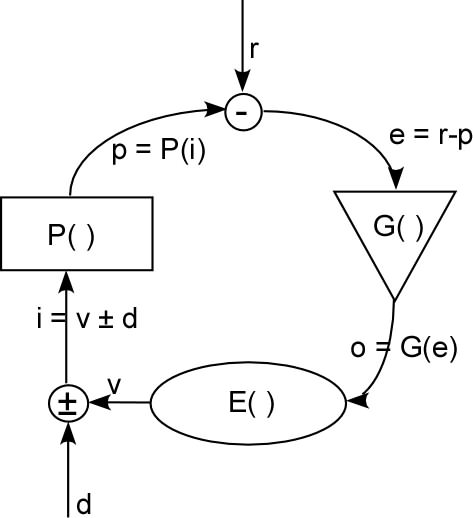[From Adam Matic 2011.06.29.2000 gmt+1]
Rick Marken (2011.06.29.0830)
Yes, that's what everyone has been saying; that's what "correlation does not
imply causation" mean. But I have made two two points relative to this:1) Taxes rates are a manipulated variable and thus qualify as an independent
variable from a research perspective. These changes are made at essentially
random points in time. So while there is no experimental control,
variations in tax rate qualify as a quasi-experimental manipulation which
means that you can _cautiously_ conclude that changes in a dependent
variable, such as unemployment, that are correlated with changes in tax rate
are caused by the changes in tax rate.
AM:
Oh, well, you can also cautiously paint your car red and press the gas
pedal while praying it will go faster. It's possible that those two
are causally connected since the sample was random.
I thought you said this reasoning didn't apply to control systems.
2) Since every correlation between socioeconomic variables that has ever
been observed is inconsistent with the predictions of what will happen
according to conservative/ libertarian ideology, it would seem to me that
this ideology is a poor perspective from whence to start developing theories
of how economies work. Of course, it's always a bad idea to get attached to
ideologies; but it seems to me that the conservative/ libertarian ideology
is, based on the existing evidence, one of the worst of a bad lot.
AM: Again, I do not defend conservative (or libertarian for that
matter, even though I do endorse it. And they are just so too
different to equate them like that with a backslash) ideology. What
they predict is not my concern.
On the other hand, Austrian economics does not predict correlations
such as those mentioned so far, neither positive or negative. There is
lots of data consistent with Austrian theory.
Best, Adam
